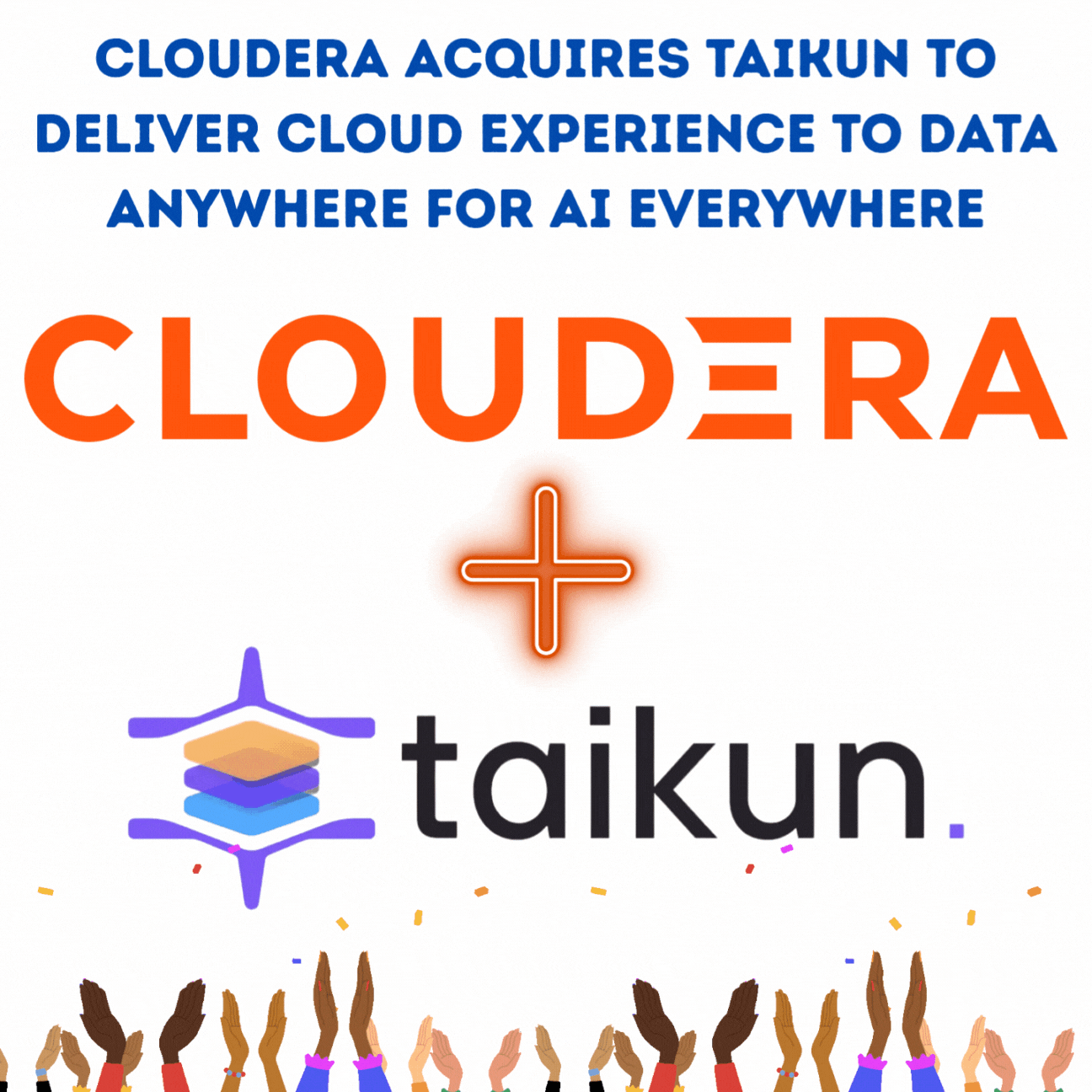- The Ravit Show
- Posts
- BREAKING: Cloudera Acquires Taikun, Types of Memories in AI Agents
BREAKING: Cloudera Acquires Taikun, Types of Memories in AI Agents
Cloudera announced the acquisition of Taikun, a Kubernetes-native multi-cloud platform designed for workload orchestration across diverse environments, from hyperscalers to sovereign clouds to fully air-gapped systems.

Why this matters
Modern AI and analytics pipelines increasingly span multiple infrastructures. Enterprises need to deploy workloads in compliance-bound locations while maintaining the same agility they get in the public cloud. This is especially true in industries like financial services, healthcare, telecom, and government.
What customers gain
True cloud experience anywhere: Deploy and scale workloads seamlessly, regardless of infrastructure
Operational resilience: Zero-downtime upgrades and automated optimization reduce complexity and cost
Ecosystem breadth: Native support for Cloudera Data Services alongside popular open-source and commercial engines (Spark, Kafka, Trino, and more)
What partners gain
The bring-your-own-engine architecture creates faster integration paths, enabling partners to deliver specialized solutions without heavy re-platforming.
Strategic context
This is Cloudera’s third acquisition in 14 months, after Verta and Octopai. Each move builds another layer in a unified vision:
Verta → AI/ML lifecycle management
Octopai → Metadata lineage and governance
Taikun → Cross-environment deployment agility
Together, they reinforce Cloudera’s “AI everywhere” positioning while addressing a challenge hyperscalers cannot easily solve — enabling cloud-like speed without forcing data migration.
Looking ahead
With Taikun’s engineering team becoming Cloudera’s European development hub, expect faster innovation cycles, deeper Kubernetes integration, and enhanced hybrid/sovereign offerings.
Read the official release here: Cloudera Press Release
Most people talk about AI agents like they’re magic. But if you actually want to build one that works in the real world, one that can remember, reason, and improve over time, you need to understand how memory works inside an agent. Let’s do this!!!!
It’s not just one block of memory storing everything.
There are different types of memory, and each plays a very specific role.
This PDF explains it clearly. No fluff. Just real insight into how memory systems inside agents are designed and used.
Here’s a quick breakdown of what it covers:
• Short-Term Memory helps the agent carry on a conversation or task within the same session. Think of it as a temporary buffer that clears once the session ends
• Long-Term Memory stores important user data like preferences, past decisions, and goals. This allows the agent to personalize and perform better over time
• Working Memory acts like a scratchpad while the agent thinks. It holds intermediate steps when completing multi-step tasks or reasoning through something complex
• Episodic Memory logs full interactions like a diary. The agent can reference what happened last week or why a certain decision was made earlier
• Semantic Memory contains facts and structured knowledge. It’s what lets an agent answer things like “What’s the capital of Italy?” or “What is Python used for?”
Let me know what you think. Which type of memory do you think is the hardest to implement in real-world agent systems?
Start learning AI in 2025
Keeping up with AI is hard – we get it!
That’s why over 1M professionals read Superhuman AI to stay ahead.
Get daily AI news, tools, and tutorials
Learn new AI skills you can use at work in 3 mins a day
Become 10X more productive
🔍 Stay Ahead in AI & Data! Join 137K+ Data & AI professionals who stay updated with the latest trends, insights, and innovations.
📢 Want to sponsor or support this newsletter? Reach out and let's collaborate! 🚀
Best,
Ravit Jain
Founder & Host of The Ravit Show

